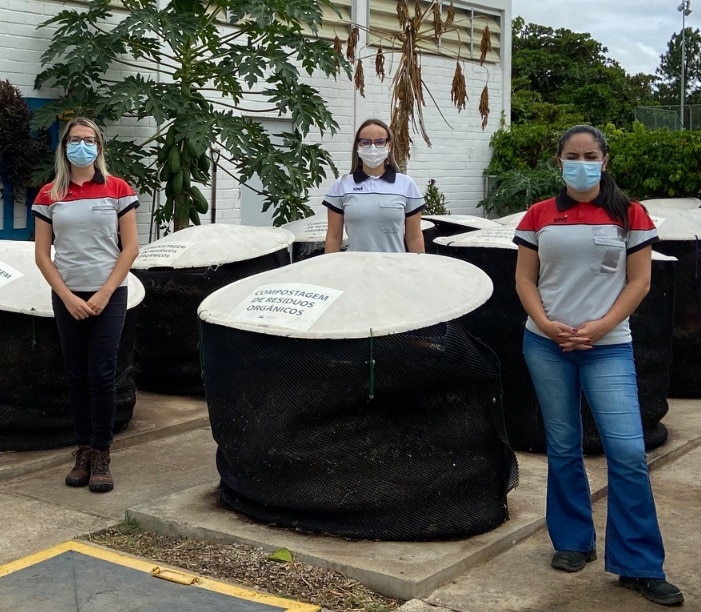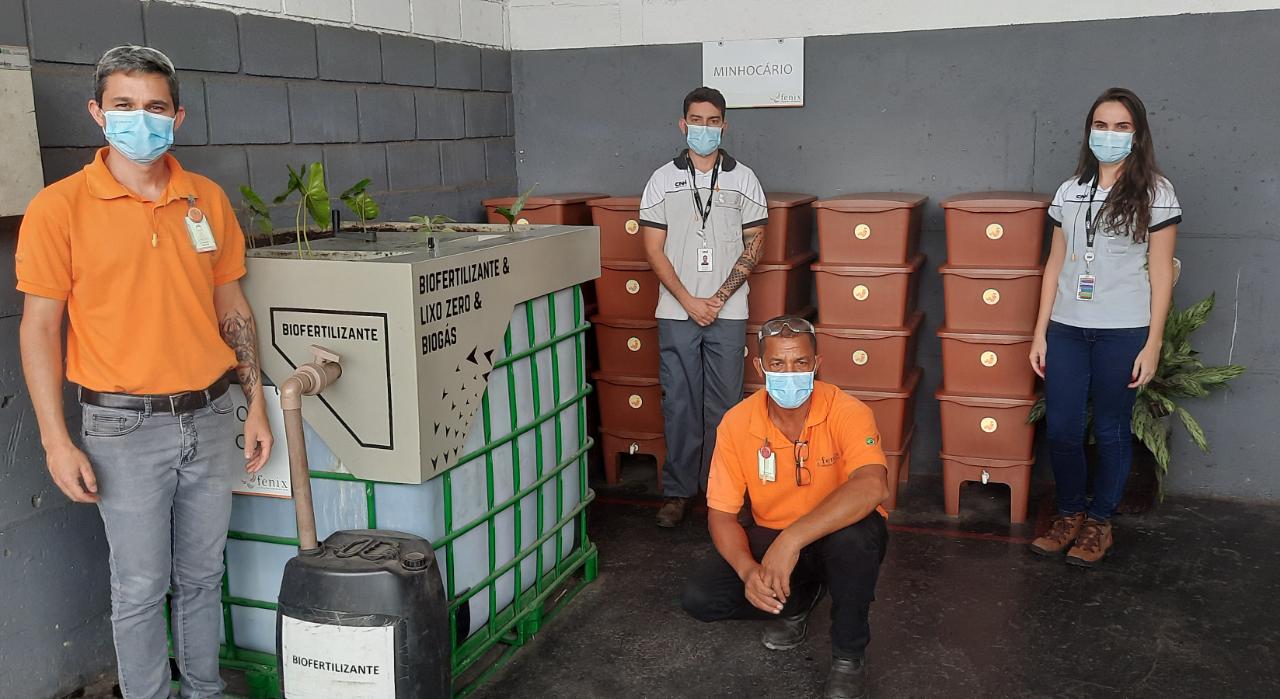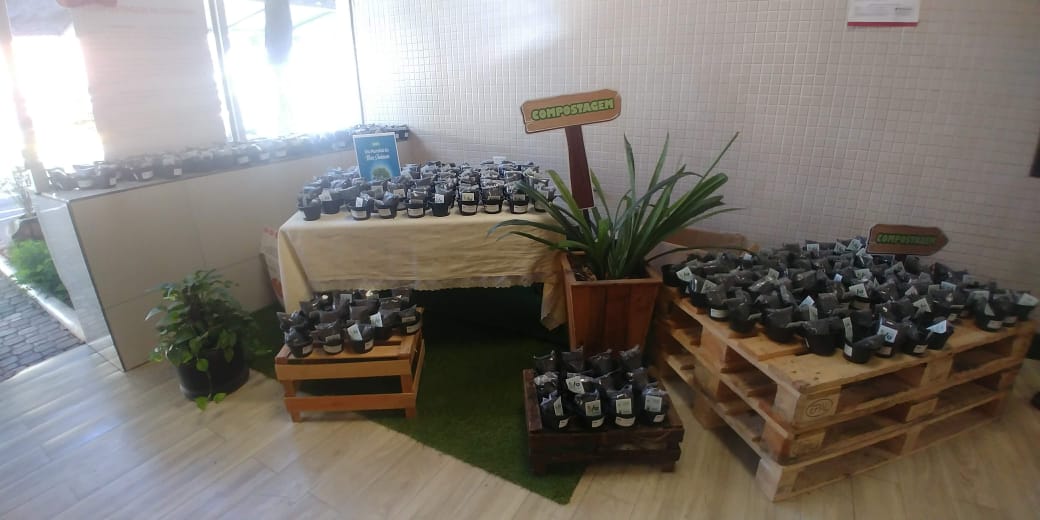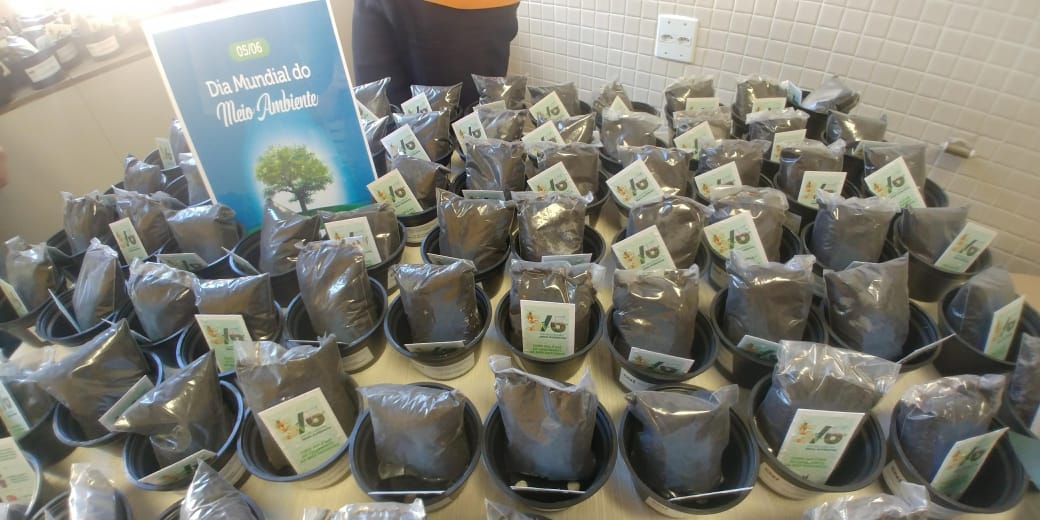THE PATH TO ZERO-WASTE ACROSS SOUTH AMERICA


The process
So how does this specific organic waste program work? Organic matter from Company cafeterias is converted into compost on site and distributed to staff and local communities, while wood that would have otherwise been discarded is either sent off to make boxes and pallets or transformed into biomass. Waste metal goes to local foundries, while paper, some plastic and sanitary waste is incinerated and transmuted into energy.
“Some of the plastic we generate is sent off to a company that produces garbage bags. These bags are then returned to us and we use them to collect waste that goes into the incinerators to produce energy,” explains Belasco. “We are really close to 100 percent zero waste across South America, which is a remarkable achievement for CNH Industrial.”
It is particularly encouraging that this is happening in Brazil because the country ranks fourth globally when it comes to waste generation, with much of it going to landfill. “It’s about changing people’s approach to waste and getting them to care about the environment,” says Belasco. “We have clear goals and a roadmap. We are changing their mindset, which increases engagement.”
Raising awareness
To this end, CNH Industrial has run public conferences and workshops to help share best practices and has provided research materials to academic bodies. As a result, each plant has been able to develop and follow its own policy according to its needs.
“Composting is not difficult,” affirms Belasco. “For the hot composting we put leftovers from our cafeterias into containers and add dried grass with sawdust, and after a while it all starts to ferment and becomes compost. It is a simple process that just takes patience. Once ready, we then distribute it and this has become a continuous process.”
Beyond compost
In addition to food and material waste recycling, the New Holland Construction plant in Contagem, Brazil has installed worm farms, where the worms feed on the plant’s organic waste and their castings are harvested and used as fertilizer.
Each plant in South America has reserved a special area for the composting cylinders and the whole process is carefully overseen. “This strategy has not incurred a costly investment, rather the opposite as it has generated a small surplus,” says Belasco, explaining that instead of paying by the ton to send the waste to landfill, the plants receive income from selling non-compostable waste. But for him, the important benefits are all environmental.
"The Sorocaba plant, for example, which makes Case IH and New Holland agricultural equipment, was, until 2018, sending some 15 tons of waste a month to landfill. Four tons of that waste was organic, and the rest was sanitary and sweeping waste. All of it had to be collected daily by trucks. Now it doesn’t, saving further on fuel and emissions. With the implementation in 2019 of the Sustainable Area, including the composting system, the plant has started to produce organic compost, recycle and reuse wood and sweepings for this process. As a result, CO2 emissions have been reduced by 80 tons in 2019 and a further 69 tons in 2020. That’s the equivalent of what 850 Atlantic Forest trees appropriate over 20 years!”


The implementation result of the Sustainable Area and the composting system, is the organic compost, recycling and reuse of wood and sweepings for this process.


As a result, CO2 emissions have been reduced by 80 tons in 2019 and a further 69 tons in 2020…


…The equivalent of what 850 Atlantic Forest trees appropriate over 20 years.
From a line to a circle
Achieving the 100 percent zero-waste target is within reach for the team in South America, but it is not without its challenges. Regional regulations mean sanitary waste from New Holland Agriculture’s plant in Curitiba, Brazil, cannot be incinerated for example. Having said that, Belasco is also running a successful waste-reduction program in parallel with the zero-waste landfill initiative. Consequently, the South American plants are creating less waste overall – 15 percent less in the past two years.
“As part of the 5R (Refuse, Reduce, Reuse, Recycle, Recover) concept, which we practice on a daily basis, we are generating less waste, which has got to be a good thing,” he says.
While these policies have proved a success, Belasco isn’t showing signs of slowing down: “The next phase of effective environmental management must be thinking creatively about how to reuse materials instead of throwing them away. We are so used to consuming and discarding, which is too linear and in no means sustainable. We need to take a circular approach to ensure all of our materials can be used again.”
These simple yet effective initiatives are a clear demonstration not only of CNH Industrial’s commitment to minimizing waste generation but also of how, where zero-waste is not possible, the company is seeking ways to give waste a new life by transforming it into something of value.

